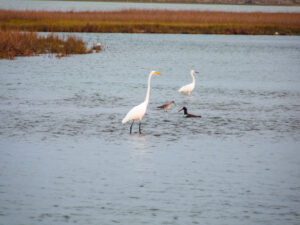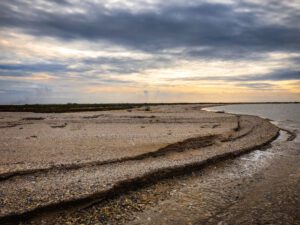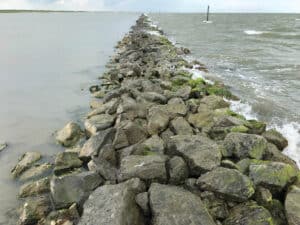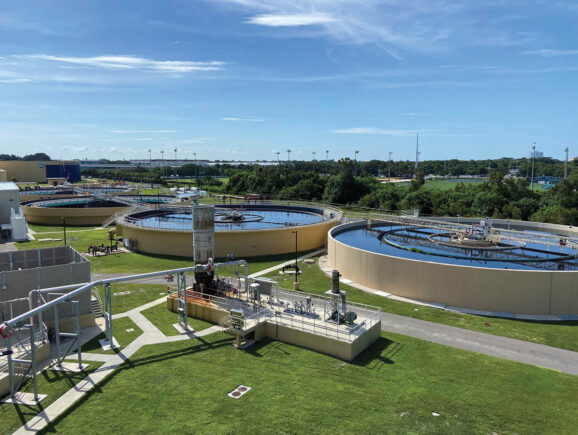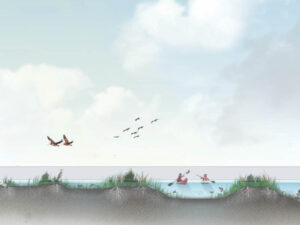Coastal Resiliency: Creating Resilient Habitats for Colonial Waterbirds
According to Audubon Texas, many colonial nesting waterbirds such as terns, gulls, herons and egrets seek out islands along the Texas Gulf Coast to raise their young every summer, and play key cultural and ecological roles in aquatic ecosystems. In fact, the Texas mid-coast serves as critical breeding, wintering and foraging grounds for dozens of species of coastal birds. Unfortunately, the number of these species is declining due to a loss of Rookery Islands along the Texas Coast as many of these islands are eroding and sinking beneath the waves.
Freese and Nichols worked with Audubon Texas to determine the most important factors to consider in locating and designing new colonial water bird nesting islands. Part of this effort involved FNI describing the habitat and biological needs of bird species considered priorities by Audubon Texas to protect.
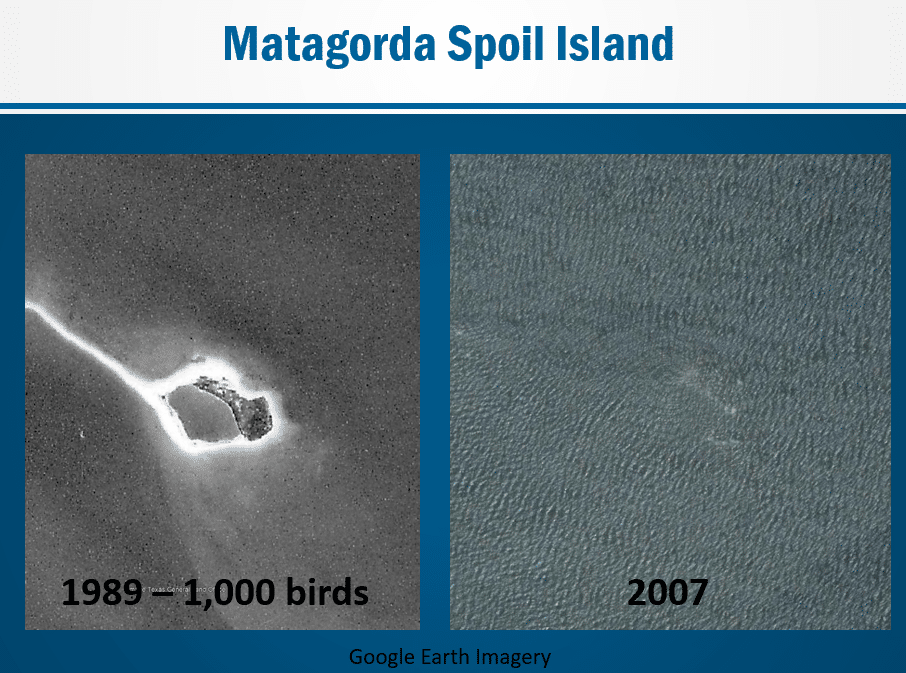
Tom Dixon, Group Manager of the Environmental and Coastal Science Group for the Western Gulf Coast adds, “The idea is to create islands with certain types of materials that provide nesting habitat for a more resilient population.”
Freese and Nichols also evaluated other factors like proximity to food sources and potential predators for birds.
Ultimately, the project identified four possible locations for new nesting islands. These recommendations included designs for bird island habitat at each location and estimated costs for each island design.
Coastal Resiliency Initiative
Freese and Nichols Coastal Resiliency Initiative aligns with our vision of making a positive impact on the world we inhabit. It’s also linked to our corporate responsibility structure, which aims for a balanced strategy towards community guardianship. This involves consistent evaluation of metrics, feedback from clients and employees, and ongoing examination of environmental and societal needs.
Our coastal clients and communities are dealing with a multitude of challenges such as erosion, rising sea levels, increased storm surges, and more frequent disasters. Our aim is to help them tackle these problems to ensure the safety of their residents and the protection of their assets.


